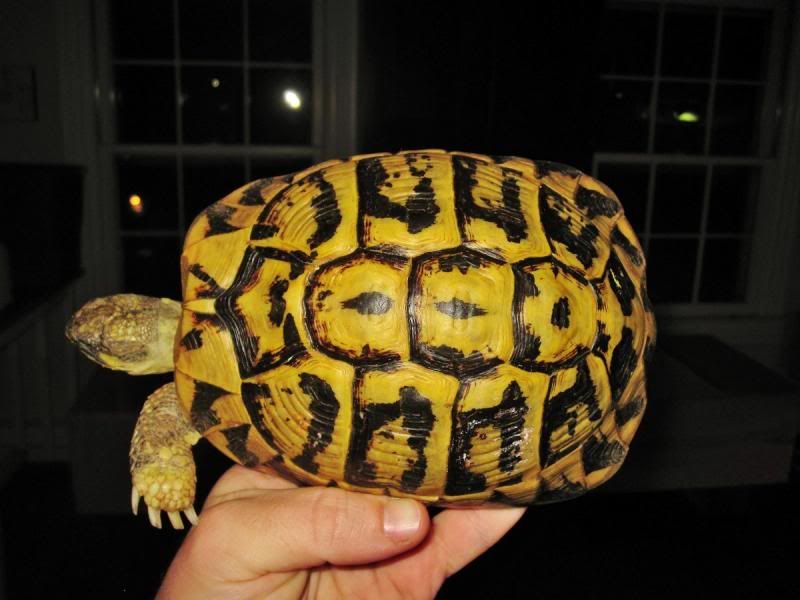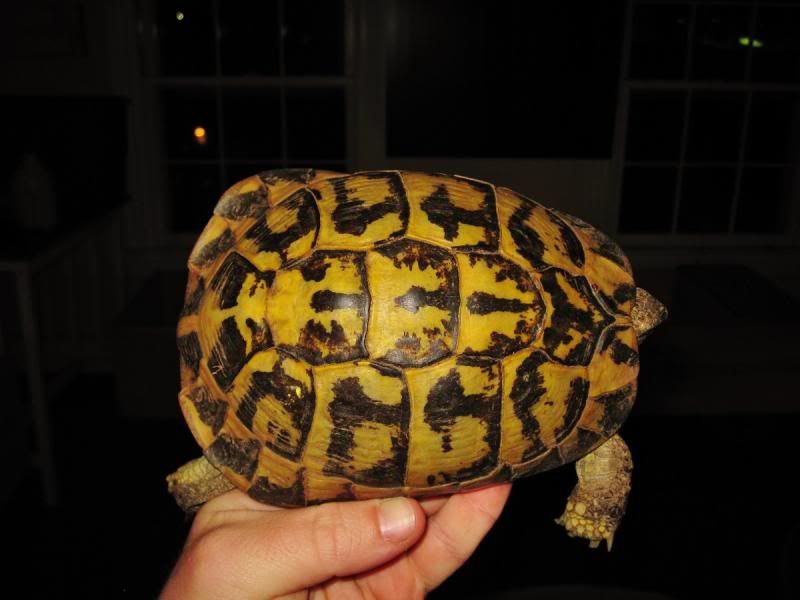HermanniChris said:Thanks everyone. Truly is exciting, now we have to get some of the other localities to start for the first time as well.
Fantastic!
When you have the time, give us more info on Sicilian Spurred Testudo hermanni hermanni...I've only once read any reference on it, and the details were VERY limited.


